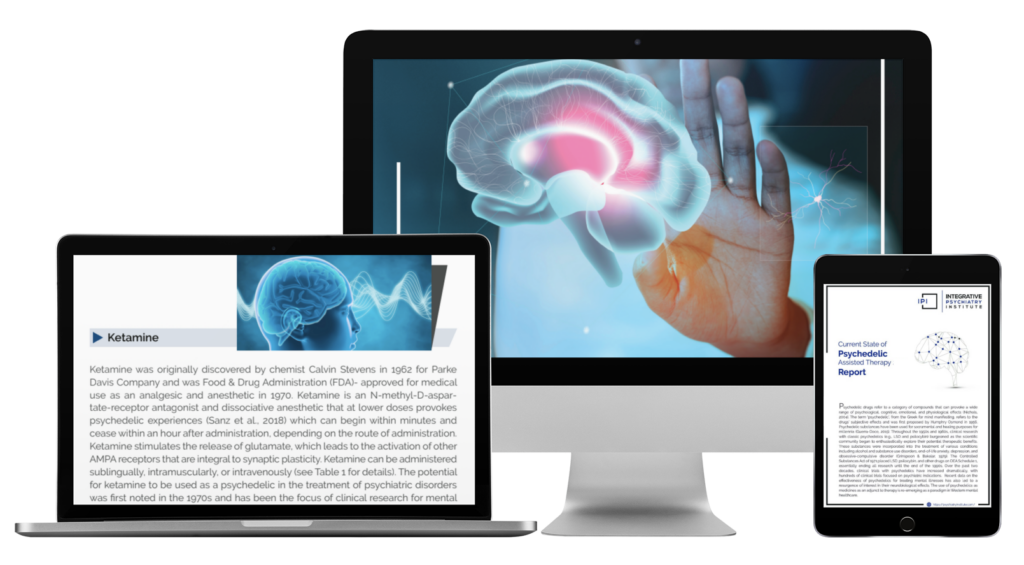
Unfreeze Yourself: tools for dealing with stress in a pandemic
COVID-19 presents unprecedented challenges to all of us, but there are things we can do at home to begin to cope better with this threat. We are all vulnerable to the mental health impacts of the pandemic: social isolation, stress, anxiety, insomnia, trauma to name a few.
We have moved out of the acute stress phase and we are now in the slow burn of chronic stress. Very high stress levels are happening for millions of people: our front line health workers, people losing their jobs, not able to pay their rents, kids at home, trying to figure out what to do next. Not knowing what the “new normal” will be or when we will get there.
Now for the good news.
Stress is not necessarily bad for us. Stress can actually be very positive. In times like these we have to creatively muster the resources to actively deal with stress. When we balance the challenges of COVID with our inner and outer resources, we can shift the stress levels to “eustress,” a level of stress that causes growth.
Hormesis
“Hormesis refers to adaptive responses of biological systems to moderate environmental or self-imposed challenges through which the system improves its functionality.” [1]
Hormesis is a way of understanding the necessity of stress for growth, and the benefits of getting challenged. This can happen for individuals and societies. For example, the stress of war casualties in World War II challenged us to develop penicillin, an absolute game changer in medicine, at a time in history when bacterial infection was a leading cause of death.
Threat Responses for Mammals
A very useful way to understand stress is to study animals and how they respond to threat. Peter Levine (who developed a highly effective trauma resolution protocol called Somatic Experiencing) designed the therapy based on observations of how animals restore balance after threat.[2] Mammals move through the stages of threat response and do not do well remaining in any stage, especially the freeze response.
Immobilization, helplessness, and inability to fight back are associated with the expectation of death from the threat. Freeze is more likely to cause PTSD than fighting or getting away.
3 Tools to Thaw the Freeze
Obviously it’s much better for us to stay out of freeze states, but we can’t always predict them, so we need to know how to deal with them. Many of us in COVID are experiencing a paralysis akin to freeze, and there is a basic toolkit for dealing with this. We can thank neuroscientist and freeze expert Stephen Porges PhD for much of the research in this area.
- Social engagement:[3] Get on a video call with a friend. Seeing the facial expressions of a friend smiling at you can really help to thaw the freeze response. Use the stress as a reason to connect with others.
- Get inspired: Freeze is a brain stem response. Watching inspiring videos such as inspiring TED talks on YouTube can get the blood flow shifting forward in your brain. Connect into yourself: what is your “Why” – knowing your “Why” is a potent inner resource that will help you endure almost anything (think Viktor Frankel [4]).
- Shake it off: If you are feeling REALLY frozen, you can begin to thaw yourself by standing up and shaking your body all over. Animals have been observed to do this after emerging from a freeze response.
Let’s all take action to mobilize resources and stay connected through these challenging times! The world, our loved ones, and our own selves need us as regulated as possible.
Warmly,

Dr. Will Van Derveer
Co-Founder + Course Director
Integrative Psychiatry Institute
References
- Calabrese, E.J., Mattson, M.P. How does hormesis impact biology, toxicology, and medicine?. Aging and Mechanisms of Disease 3, 13 (2017).
- Levine, Peter A. Waking the Tiger: Healing Trauma : the Innate Capacity to Transform Overwhelming Experiences. Berkeley, Calif: North Atlantic Books, 1997.
- Porges, S., The polyvagal theory: Neurophysiological foundations of emotions, attachment, communication, and self-regulation. New York: W.W. Norton, 2011.
- Frankl, V. Man’s Search for Meaning. Boston : Beacon Press, 2006.








This has been a very helpful post for me personally and I would add to your last point about inducing the shaking mechanism that David Berceli’s Trauma Releasing Exercise (TRE available in a 49 min video on Dailymotion.com for free) has been instrumental in getting back into homeostasis on a regular basis.
Thanks again!
You’re welcome, Teresa! Glad you found this post helpful!